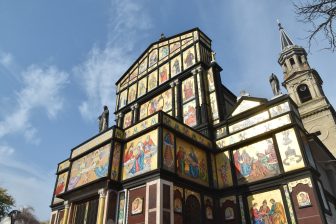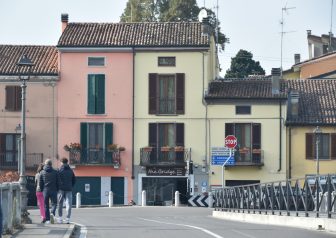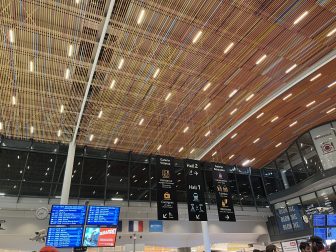
[Dec. 2023] The end of the year in Palermo, Italy, where I was gradually recovering.
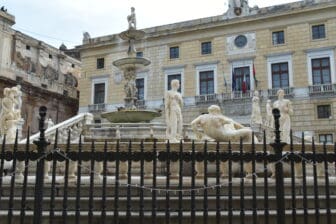
On New Year’s Eve, we first went to see the Pretoria Fountain in Piazza Pretoria.
I had been sick and bedridden, so I hadn’t done any preparation for this trip to Palermo, but my husband found a photo on the internet and it was gorgeous, so we went to see it.
It’s a large circular fountain with many statues lined up, and it occupies the entire square, so you have to go up high to get a full picture.
There was a church in one corner of the square, and you had to go up a flight of stairs to enter, so I thought I could see it from above, but I didn’t have enough stamina and didn’t have the energy to go up.
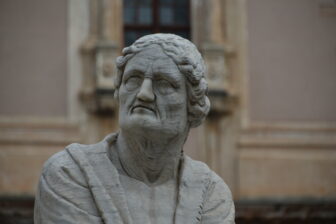
According to information on the internet, this fountain was originally built in a garden in Florence in the mid-16th century.
Apparently, it was sold to the city of Palermo in the 1570s because the owner got into debt.
There were originally 48 statues, but some were broken during shipping, so the number was reduced, and the design had to be adjusted.
I found it interesting that these statues are not beautiful boys like Greek sculptures, but have the faces of ordinary old men.
As we were walking aimlessly from the fountain, we saw a building with three red domes not far away.
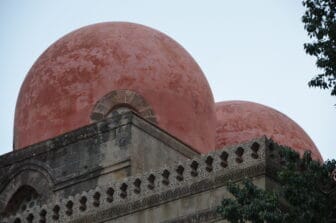
I wondered if there was a hammam there, but when we got closer, we saw that it was the Church of San Cataldo.
“So, the building must have been a hammam under Islamic rule, and then it was turned into a church,” I said to my husband.
The entrance fee was cheap at €2.50, so we decided to go in.
We were surprised when we went in.
Wow, this was a masterpiece.
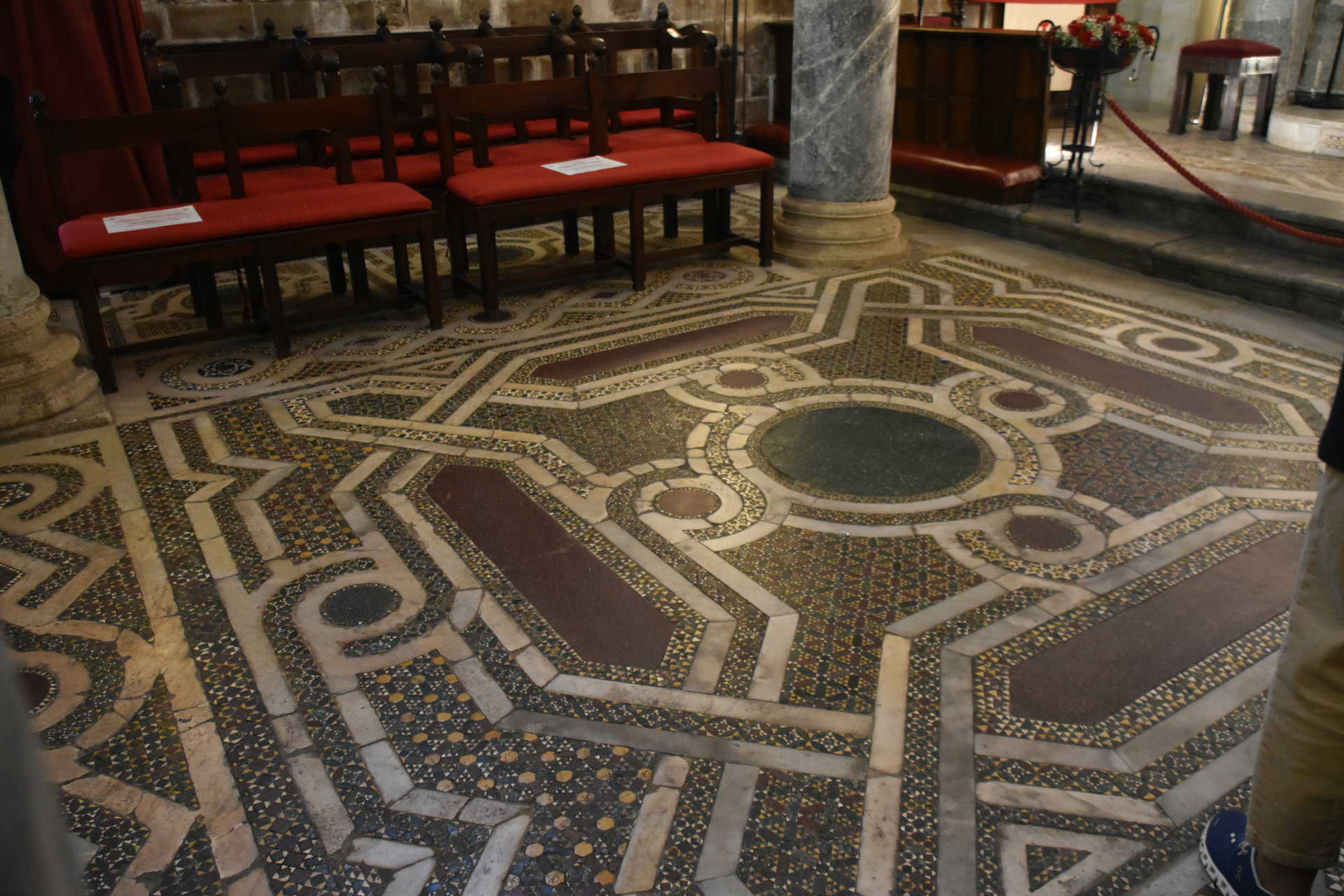
Although it is a church, the small space itself, dotted with columns, arches, and small windows, is impressive.
There is almost no decoration, so it definitely reminds me of a hammam.
Only the floor was decorated with beautiful mosaics.
It reminded me of the inlaid jewellery you often see in Spain.
My mind was completely on the hammam, so I told my husband, “I want to go to the Islamic world again to see this kind of Islamic architecture,” but when I looked into it, I found out that it wasn’t built by Muslims.
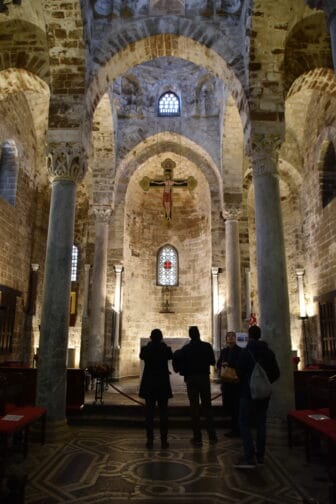
It was built by a governor during the Norman Kingdom of Sicily in the mid-12th century, and is a UNESCO World Heritage Site as an Arab-Norman style building.
What’s interesting is that this church was later used as a post office.
I can’t imagine that at all.
I was very impressed and left, and headed straight to the restaurant where we had made a reservation, but it seems that there was a more dazzling church called the Martorana Church next to it.
It’s a shame that we missed it.
But I’m sure we’ll visit Palermo again, so we’ll go there then.

